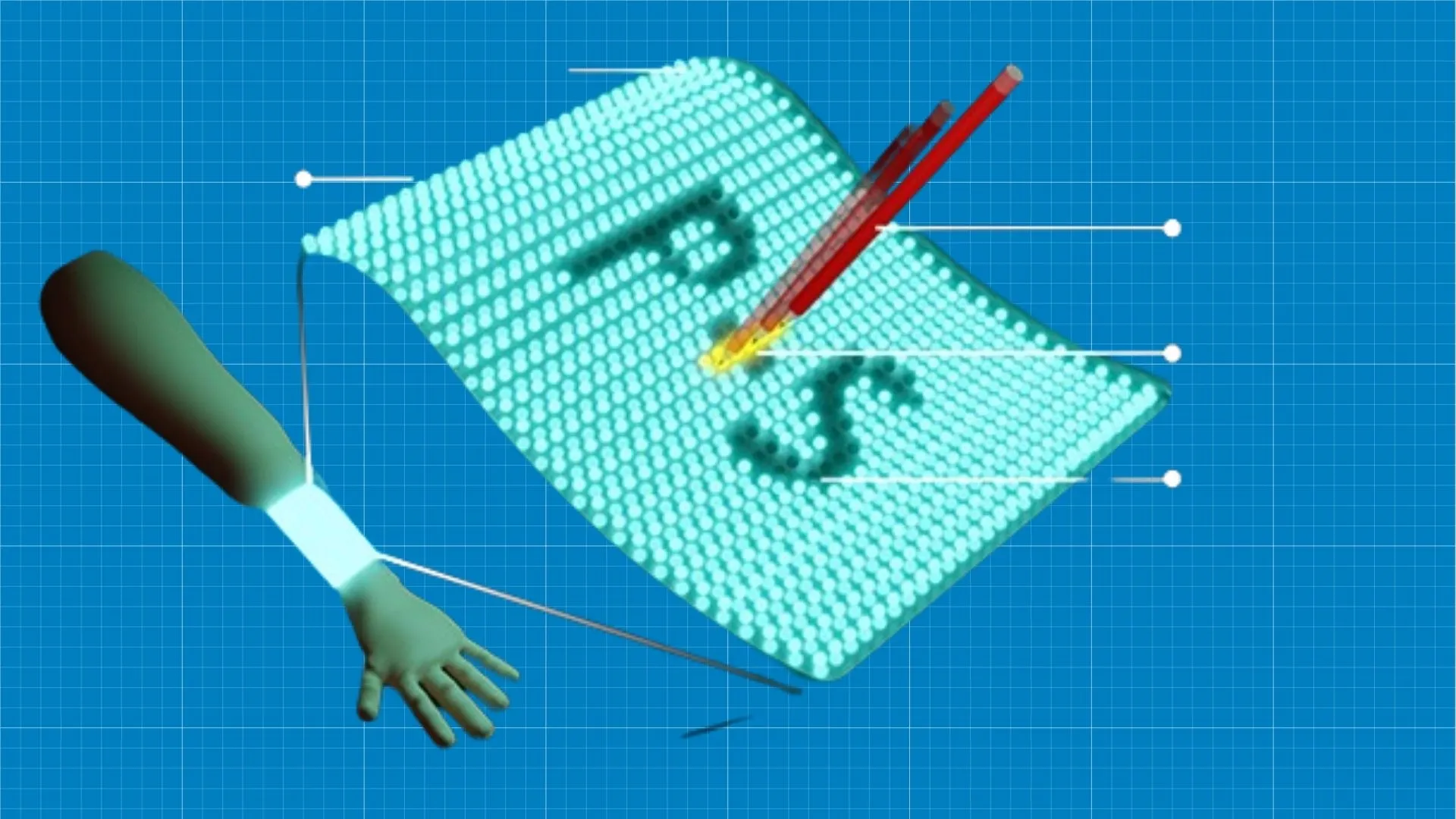Imagine automating a warehouse with the following results: reducing labor costs by 25%, storing 19% more product in the same space, reducing the frequency of errors by 30%, and fulfilling orders 24% faster, all while meeting compliance mandates. These and many more benefits can be attained if and only if vendors have full control over the information they create and manage.
Major automation vendors including Schneider Electric and GE Intelligent Platforms need to address their customers’ requirements for compliance and performance reporting and dashboards for all the markets they serve. Rather than relying on traditional business intelligence tools, or extensions to office products like Microsoft Excel, they have found partners that deliver a purpose-built solution, specifically for industry, but which also addresses the needs of business.
Production Dashboards in a Fraction of the Time
If you’re in the industrial sector and looking to create production dashboards or reports for performance or compliance, then you’re likely leveraging business tools and applying them to industrial applications. And you’re leveraging the high value skills of your IT staff or system integration partners to develop the necessary analytics, deliver information via email or FTP, manage document archives, and integrate with portal technologies for user access and data interaction.
The world of automation brings with it both unique data sources and specialized statistics. Data sources start with the traditional business standards such as ODBC and OLE-DB, but then also include: specialized historians that compress vast amounts of time series data, file-based logs (CSV for example) generated by HMI panels and analysis equipment, and industrial standard protocols for data access such as OPC, MODBUS, BACnet, and SNMP.
In the area of statistics, calculations for vertical markets will vary greatly. The analysis for heat treat processes requires recognizing temperature ramp and soak profiles and analyzing them accordingly to Thermal Uniformity Surveys standards. In pharmaceutical processes, calculations will be batch-based and not time-based. Specialized statistics includes Lethality calculations for pathogens (F0 calculations). In the building automation industry, statistics include BTU generation and emission calculations. In all industries, statistics must exist to easily calculate on-times, off-times, percent utilization, production counts, meter reads with rollovers, totals, averages, rolling averages, max, min, time of max and min, overall equipment effectiveness (OEE) and dozens more.
Results Delivered as Actionable as Possible
Dashboards and reports aren’t just about generating snapshots of data. They are also about delivering results in the most actionable way: mobile devices, email, and FTP. They require neatly archiving results, into named and organized directories for quick and easy future access. They also require long-term maintenance, for example, the removal or deletion of X number of files or after a set period of time.
Business tools and products can address these applications through the integration of email technology, FTP tools, collaboration portals and a great deal of time and effort by IT personnel. The end result can be quite costly to create and maintain over time. More time is spent on technology integration than the actual delivery of information.
For the world of automation and industry, a purpose-built dashboard and report generation product is now available. The product is called Dream Report, by Ocean Data Systems, and it boasts the ability to deliver corporate dashboards and both performance and compliance reports in under ¼ the time and effort. So easily in fact, that the task of delivery is no longer just in the hands of IT or system integration specialists. Reports and dashboards can be created by anyone that has basic Word or PowerPoint level skills.
Ocean Data Systems claims that Dream Report is a “One and Done” solution, integrating all the requirements to meet industrial applications in a simple to use, all-encompassing, configuration environment. While IT and system integration staff will still be the likely users of the product, their efforts will be focused on delivering and maintaining the end result as opposed to the integration and programming of various products and technologies needed to get there.






